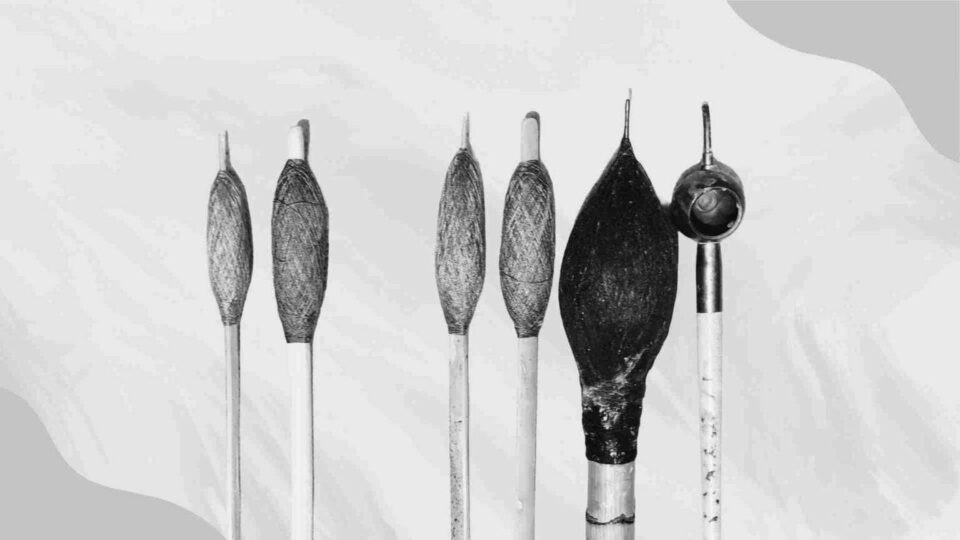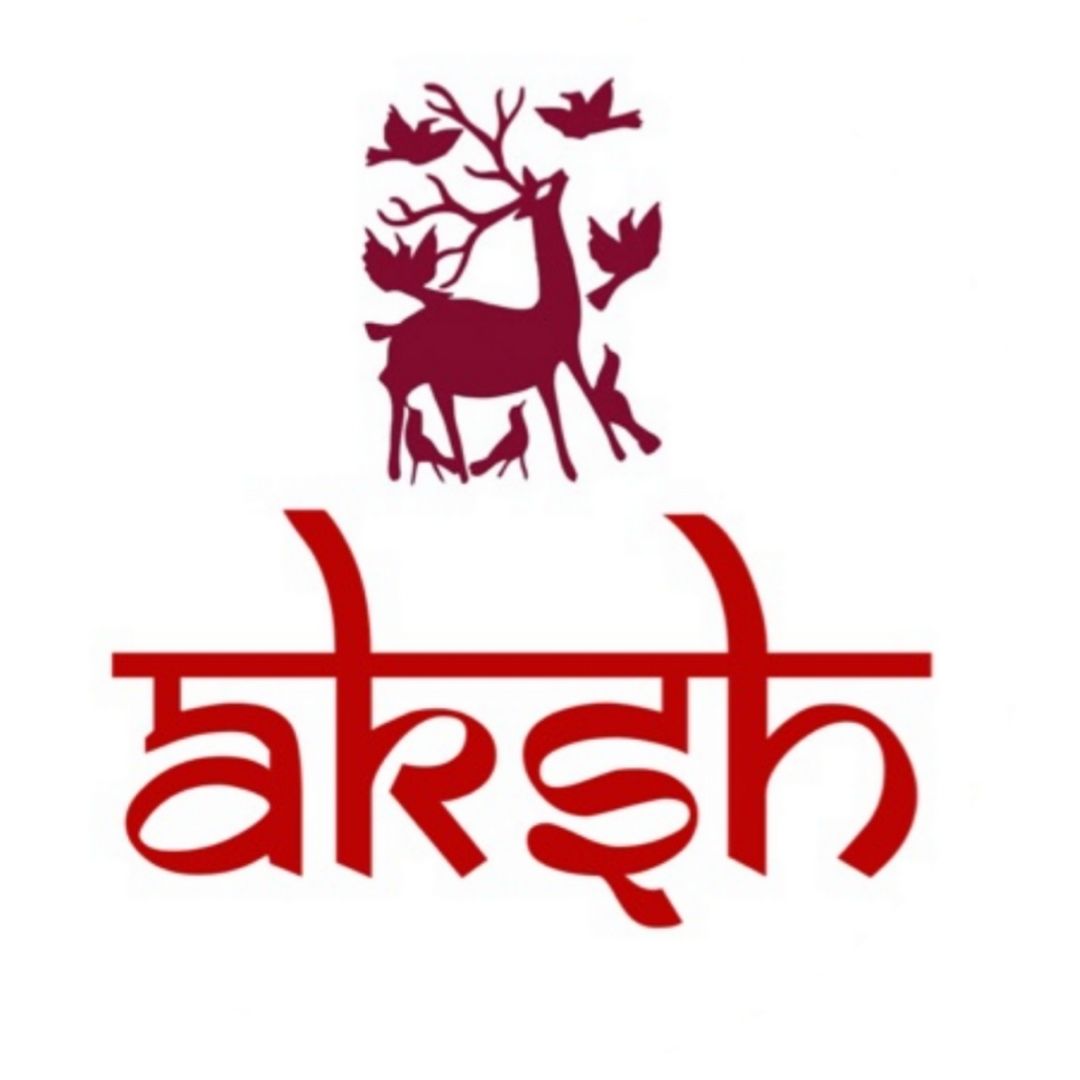
Hand Drawn – Resist Dyed
Hand-drawn resist dyeing represents the original essence of Kalamkari, a time-honoured technique that gave rise to the exquisite textiles of the Coromandel region. This intricate and labor-intensive process begins with freehand line drawings on cotton fabric pre-mordanted with myrobalan, a tannin-rich substance that helps bind the dye. The designs are drawn using locally made, crude ferrous solutions—combinations of iron filings, jaggery, and water—similar to the traditional formulations used for making old inks. This interaction between tannin and iron produces the deep, rich black outlines characteristic of classic Kalamkari.
Next, the cloth is either dyed to fix the hand-drawn diagram or proceeds directly to resist techniques, most commonly using wax. The resist is carefully applied to protect specific areas from absorbing dye, allowing for intricate patterns and layered colours. Once the resist is in place, the fabric is submerged in a natural dye bath, where the open areas absorb colour while the resist-protected sections remain untouched.
After the first dyeing, the entire process is repeated. The same colour may be applied again, not to deepen the shade, but to achieve nuanced tones and shaded effects within the design. Alternatively, additional dyes may be introduced to create multiple hues according to the pattern.
This cyclical method of resist, mordant, and dyeing creates the vibrant depth and complexity seen in traditional hand-drawn resist dyed textiles. Balancing precision with creativity at every stage, artisans craft multi-hued masterpieces that honour the rich heritage of Coromandel artistry.

